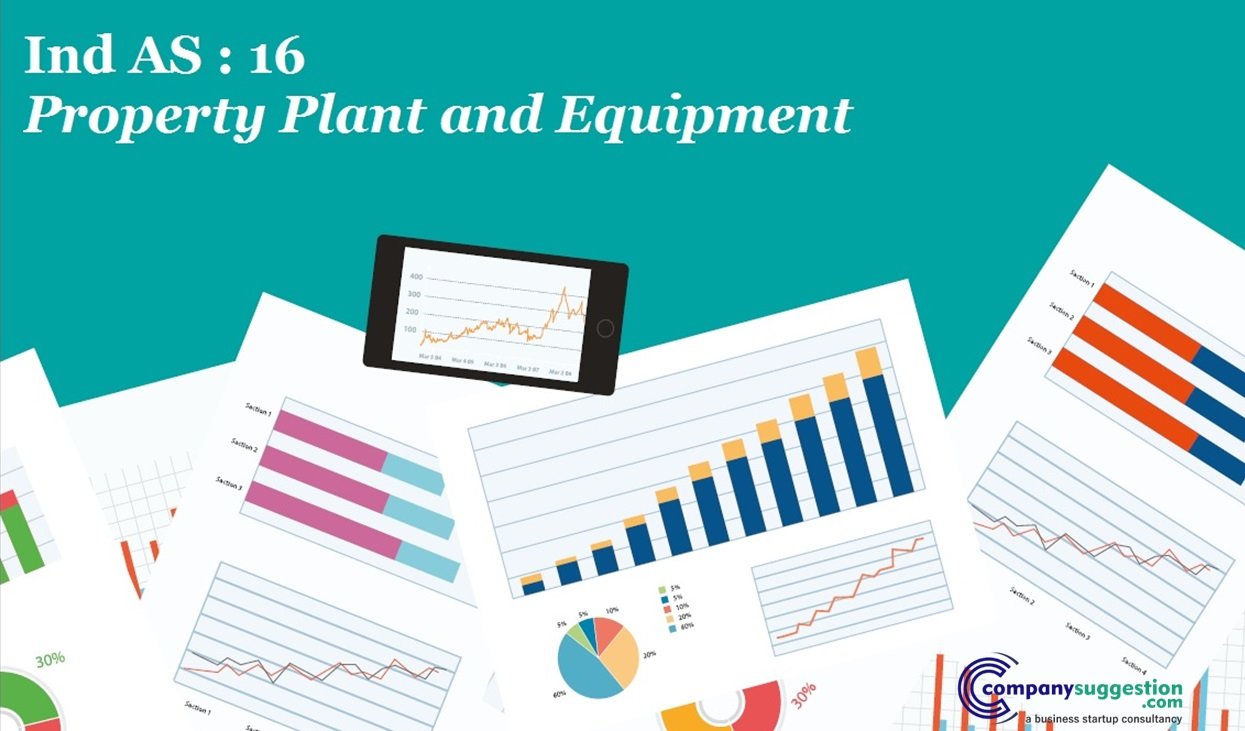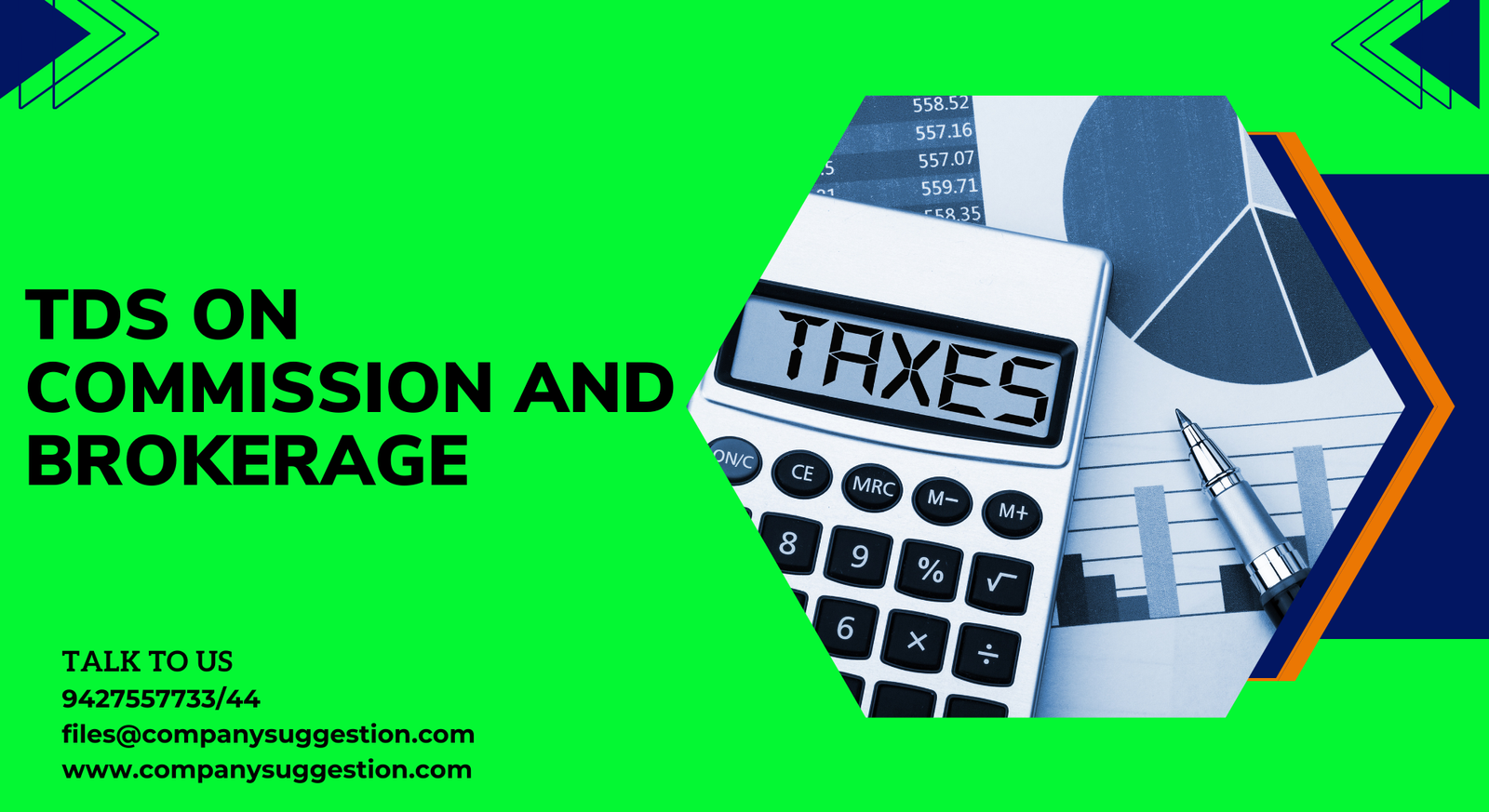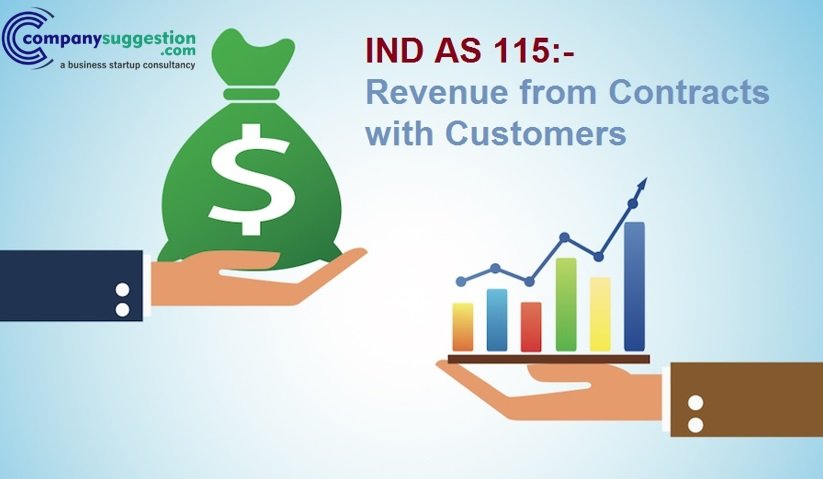Property Plant and Equipment:
Property plant and equipment are tangible items that are –
- for use in the production or supply of goods or services, for rental to others, or for administrative purposes; and
- expected to be used during more than one reporting period.
Recognition Criteria of Property Plant and Equipment:
The cost of an item of property, plant and equipment shall be recognized as an asset if, and only if –
- It is probable that future economic benefits associated with the item will flow to the entity; and
- The cost of the item can be measured reliably.
Future economic benefits:
The future economic benefits embodied in an item of property, plant and equipment have the potential to contribute, directly or indirectly, to the flow of cash and cash equivalents to the entity.
Cost:
It is the amount of cash and cash equivalents paid or the value of the other consideration given to acquire an asset at the time of its acquisition or construction or, where applicable, the amount attributed to that asset when initially recognized in accordance with the specific requirements of other Ind AS.
Recognition:
The unit of measure, i.e. what constitutes an item of property, plant and equipment is a matter of judgement. The cost of an item of property, plant and equipment includes costs incurred initially to acquire or construct the item and costs incurred subsequently to add to, replace
part of, or service it.
Measurement:
After recognition as an asset, an item of property, plant and equipment –
- shall be carried at its cost less any accumulated depreciation and any accumulated impairment losses; or
- whose fair value can be measured reliably shall be carried at a revalued amount, being its fair value at the date of revaluation less any subsequent accumulated depreciation and subsequent accumulated impairment losses.
If an item of property, plant and equipment is revalued, the entire class of property plant and equipment to which that asset belongs shall be revalued.
If an asset’s carrying amount is increased as a result of a revaluation, the increase shall be recognized in other comprehensive income and accumulated in equity under the heading revaluation surplus. However, the increase shall be recognized in profit or loss to the extent
that it reverses a revaluation decrease of the same asset previously recognized in profit or loss.
If an asset’s carrying amount is decreased as a result of a revaluation, the decrease shall be recognized in profit or loss. However, the decrease shall be recognized in other comprehensive income to the extent of any credit balance existing in the revaluation surplus in respect of that asset. The decrease recognized in other comprehensive income reduces the amount accumulated in equity under the heading of revaluation surplus.
A revaluation affects the accounting profit and carrying amount of the asset. but does not affect the taxable profit and tax base of the asset.
Therefore, when an asset is revalued, the carrying amount is adjusted but there is no effect on the tax base. Hence, a deferred tax liability arises.
When an asset is revalued and there is a revaluation increase, the following adjustments are to be made –
The carrying amount of the asset increases.
Revaluation surplus is created by that amount which is accumulated in equity.
A deferred tax liability is created due to revaluation surplus in Other Comprehensive Income.
Due to an increase in the carrying amount of the asset, the depreciation charge increases.
Income tax expense reduces as a result of increased depreciation.
Spare Parts:
Spare parts and servicing equipment are usually carried as inventory and recognized in profit or loss as consumed except:-
- Major spare parts and standby equipment with expected use during more than one period.
- Spare parts and servicing equipment which can only be used in connection with an item of Property Plant and Equipment.
Replacement costs:
In Indian GAAP, It should be charged to profit & loss as and when incurred. But Improvements or betterments leading to increase in estimated service life or productive should be capitalized.
In Ind AS, By applying the concept of componentization, identify that replacement as a separate component on the date of replacement provided it is significant and life is different from parent. In this case decapitalised the old component and capitalized the replaced component.
Component accounting:
Cost of each significant item of property plant and equipment to be recognised separately which may not have different useful life.
- Item of property plant and equipment means parts having a cost that is significant to total cost
- Identification of such parts required to recognise replacement cost, if required.
Materiality in Component Accounting:
- Materiality is a matter of management and needs to be decided on the facts of each case.
- As per ICAI, the Company may consider 10% of original cost of asset as threshold to determine whether a component is material/significant.
- Each significant component of the asset having useful life, which is different from the useful life of the remaining asset, is depreciated separately.
- Useful life of component < Useful life of principal asset – Consider lower life.
- Useful life of component > Useful life of principal asset – Option to use either the higher or lower useful life.
Assets Retirement Obligation:
An Asset Retirement Obligation (ARO) is a legal obligation associated with the retirement of a tangible long-lived asset and Decommission Liability is the Estimated amount of dismantling and restoration cost that a company expects to incurred in the future on the Asset Dismantling Date. Assets Retirement Obligation shall be added in the Assets as ARO (Assets Retirement Obligation) Assets and simultaneously booked Present Value of Decommission Liability on the Date of Capitalization of Assets.
For the measurement of ARO Assets and Present Value of Decommission Liability, we have to Calculate the following:
1. Value of Decommissioning of Assets on the Date of Acquisition will be ascertained as per present market scenario.
2. Then after consideration of Inflation in Future period The Value of Decommissioning will be Calculated.
3. Value of Decommissioning will be Discounted at present Value on the Date of Acquisition will be calculation by taking Discount Rate as per Current Market Condition.
Accounting Treatment on Assets Retirement Obligation:
On the Date of Acquisition:
1. ARO Asset Dr
To Decommissioning Liability – Non Current
(Being ARO asset and liability recorded for additions during the year)
(By amount PV for ARO liability as at capitalisation Date on the assets additions during the year).
Unwinding of discount on provisions:
2.Finance Cost Dr
To Decommissioning Liability – Non Current
(Being interest expense recorded on ARO liability)
(By Amount of Difference between the PV of Decommissioning assets at the date of end of financial year and the date of Capitalisation of Assets)
Depreciation of ARO:
3. Depreciation Expense Dr
To Accumulated depreciation – ARO Asset
(Being depreciation recorded on ARO asset)
(By amount of Depreciation rate on the WDV of Assets)
Review of Estimates:
After Passing above entries, Review the below estimates at least at every year end:
- Estimated amount of the Liability.
- Discount Rate.
- Estimated Timing of Decommission.
Any Change in the measurement of the Decommissioning Liability resulting from the changes in above estimates should be added to or deducted from the cost of the asset and depreciated prospectively over its remaining useful life.
Investment Property Ind AS 40:
Property held as owner or as a lessee in finance lessee. to earn rentals or for capital appreciation or both, rather than for:
► Use in the production or supply of goods or services, or for administrative purposes; or
► Sale in the ordinary course of business
Property held under an operating lease is not included.
► Initial recognition : Measured at cost.
► Subsequent recognition : According to Ind AS 16 requirements of cost model other than held for sale assets under Ind AS 105.
Leases Ind AS 17:
Indicators of finance lease:
If any of the indicators fulfill the conditions then lease shall be classifies as finance lease else operating lease:
- Transfer of Ownership.
- Bargain Purchase of Option.
- Major Economic Life.
- Minimum Lease Payment.
- Specialized Nature.
- Lease Cancellation.
- Fair value fluctuation.
- Lease Extension.
Land Lease:
► AS 19 scopes out lease of land from its scope.
► As per the recent EAC opinion, lease of land for longer period (say, 99 years) is treated as finance lease.
► IAS 17 deals with lease of land.
► Since land normally has an indefinite economic life, lease of land is normally operating lease unless the title passes on to the lessee by the end of the lease term.
► Upfront premium received should be recognised as lease rental income on straight line basis over the period of lease.
► In case of composite leases, land lease need to be separated from building.
Arrangement containing a lease:
Whether an arrangement contains a lease:
► Determination based on substance of the arrangement in terms of :
► Whether fulfilment of arrangement is dependent on the use of specific asset or assets; and
► Whether it conveys a right to use the asset
Dependence on use of specific asset:
► Although an asset may be explicitly identified in an arrangement, it is not the subject of a lease if fulfillment of arrangement is not dependent on its use.
► Asset could be implicitly specified, For example, the supplier owns or leases only one asset and it is not economically feasible or practicable to perform its obligation through alternative assets.
Conveyance of right to use:
Right to Use is established, if any one of the following conditions fulfilled:
- Purchaser having the ability or right to operate the asset or direct others to operate the asset.
- Purchaser have the ability or right to control physical access to the underlying asset i.e. seller can not sell its product without approval of purchaser.
- Purchaser taking significant quantity and the price is neither fixed nor at current market price.
If arrangement fulfilled the conditions of Dependence on use of specific asset and Conveyance of right to use then it will be treated as Lease as per Ind AS 17.
Difference between Indian GAAP V/s Ind AS:
| Particulars | Indian GAAP |
IndAS |
| Administrative and general overheads | Such costs specifically attributable to the construction of the a project is permitted | Such costs cannot be capitalized and only costs that are directly attributable to the bringing of item of property plant and equipment in its working condition or location can be capitalized. |
| Cost of acquisition | Transaction value is considered as the purchase cost of fixed assets. | Amount of cash or cash equivalents paid or the fair value of other consideration given to acquire an asset. The concept of fair value of consideration would have implications in cases of deferred payment arrangements. |
| Asset retirement obligations | No specific guidelines | To be included as part of initial cost of asset and a liability equivalent to the present value of such costs would need to be recognised. |
| Foreign Exchange Difference | Following the notification issued by MCA on 31 March 2009, several companies have elected to either capitalise foreign exchange differences or accumulate exchange differences in FCMITD. | Ind AS does not permit the capitalisation of foreign exchange differences. However, in certain cases, exchange differences may be treated as part of borrowing costs and accordingly be capitalised as additional interest costs. (Only differentiate Interest cost should be capitalized.) |
| Rate of depreciation Review | No specific requirement | Ind AS requires the residual value, useful life estimates and depreciation method to be reviewed at least at the end of each financial year. |
| Method of depreciation | Choice with companies to follow either the SLM or WDV | Ind AS requires that the depreciation needs to reflect the pattern in which the asset’s future economic benefits are expected to be consumed by the company. |
| Substantial period of time definition | A period of 12 months is ordinarily considered as a substantial period of time, unless a shorter or longer period can be justified. | No bright line rules for determining what constitutes ‘a substantial period of time’ |
| Interest expenses | Contractual interest expense is considered as a part of borrowing costs. | Under Ind AS, the amount of interest expense to be included as borrowing costs is based on the effective interest rate method |
| Borrowing rate | Borrowing costs are capitalised based on
Company level borrowings and no separate adjustments are made to compute group borrowing rate. |
Ind AS requires that the consolidated group’s average borrowing rate needs to be considered for capitalisation of general borrowing costs. |
| Component Accounting | Re-commendatory but not mandatory | Ind AS requires that components, which are significant and have a significantly different useful life, should be depreciated separately. |
| Revaluation | If revaluation does not cover all assets,
selection of asset to be revalued to be made on a systematic basis. |
Choice of cost or revaluation method is applied to an entire class of property plant and equipment. |
Illustrative Examples on Property Plant and Equipment:
Click here for download the Illustrative Examples on Property, Plant and Equipment on Revaluation, Deferred Tax Assets, Tax Base of Assets Calculation.













